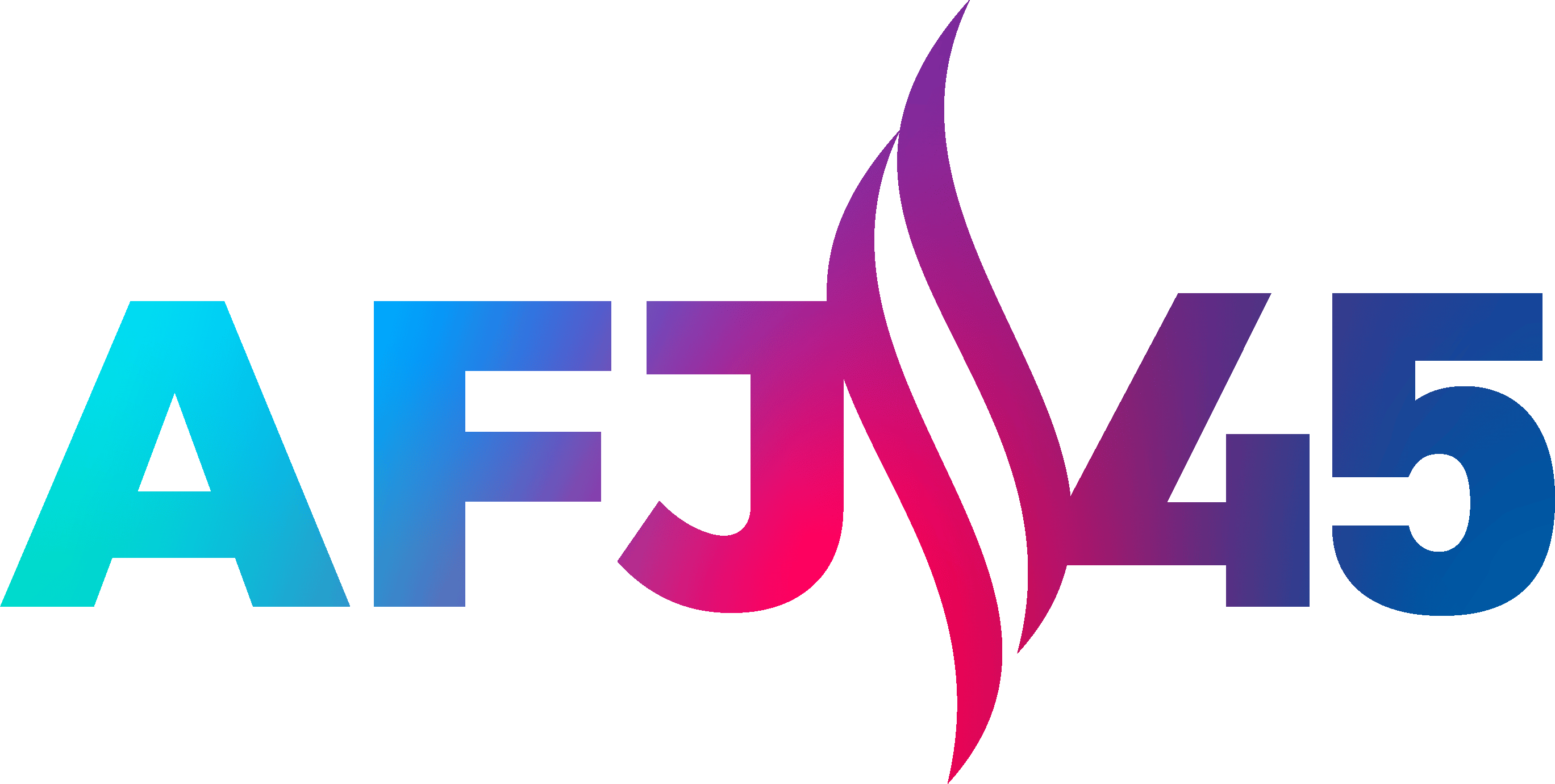Seize the Initiative
Topics
Ballot Measures, Election Related Activities, Funding Advocacy, Private and Public Foundation Advocacy
This guide includes:
- An explanation of the different types of ballot measures and the relevant rules for each;
- Guidance on what activities 501(c)(3) organizations may engage in without jeopardizing their tax-exempt status; and
- Information that addresses the concerns of private and public foundations interested in supporting ballot measure work by public charities.
While Seize the Initiative directly addresses the law on ballot measures, it is not intended to serve as a replacement for your organization’s own legal advice. Rather, it is our hope that this guide will provide information that allows organizations to feel confident about participating in ballot measure campaigns and to better recognize when they should consult legal counsel.
Advocates in Maine knew one thing for certain: if the state was ever going to increase its minimum wage, the change would need to take place at the ballot box, not in the legislature. “There was no legislative path. The legislature had considered and killed bills to increase the minimum wage by just 50 cents in recent years, and our Republican governor would never sign a bill,” recalls Amy Halsted, co-director of the Maine People’s Alliance.
So, with the backing of nonprofits, labor leaders, small business owners, and low-wage workers across the state, Halsted’s group launched a ballot initiative campaign to raise the state’s minimum wage from $7.50 an hour to $12 by 2020, with increases after that rising at the same rate as the cost of living.
By the time the measure went before voters, nearly 100 nonprofit organizations had endorsed it and many of those had participated in activities that helped galvanize support for the initiative. The measure passed in November 2016 with 55.5 percent of the vote. Says Halsted: “Nonprofit involvement was critical. Low-income service providers, children’s’ advocacy organizations, seniors’ groups, faith institutions—all played critical roles in leading the campaign in their communities.”
Ballot measures offer voters the opportunity to participate in direct democracy and provide nonprofit organizations with a powerful platform for educating the public about the issues they care about. Given the potential impact of these measures on society at large, charities and foundations often ask what role they can play in promoting or opposing ballot initiatives.
In general, organizations grappling with that question should first understand the interplay of federal tax law and state laws governing ballot measure advocacy. Tax law treats ballot measure advocacy as lobbying, while state law may treat ballot measure advocacy in the same way it treats campaign activity. From the outset, tax-exempt organizations need to consider how much fundraising they plan to do for a ballot measure campaign since the amount they can raise or will ultimately spend can influence how the work is structured. Organizations should also consider whether they will work in a coalition with other organizations and what role each member of the coalition will play.
Today, 26 states, plus the District of Columbia and the U.S. Virgin Islands, have provisions for statewide initiatives and/or referenda to be placed on the ballot by citizen petitions. And 47 states have some form of local voting on ballot propositions, including bond measures.
As this critical form of direct democracy grows in popularity, nonprofit organizations need to be prepared to use the resources available to them to legally and effectively “seize the initiative.” The following pages will help your organization determine the best path forward as you embark on this type of important work.
